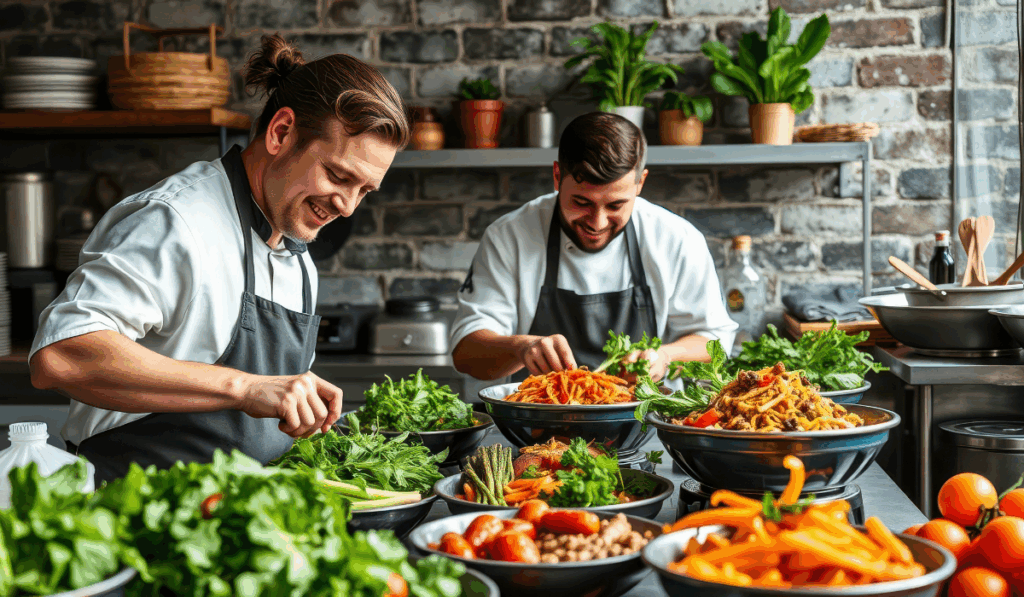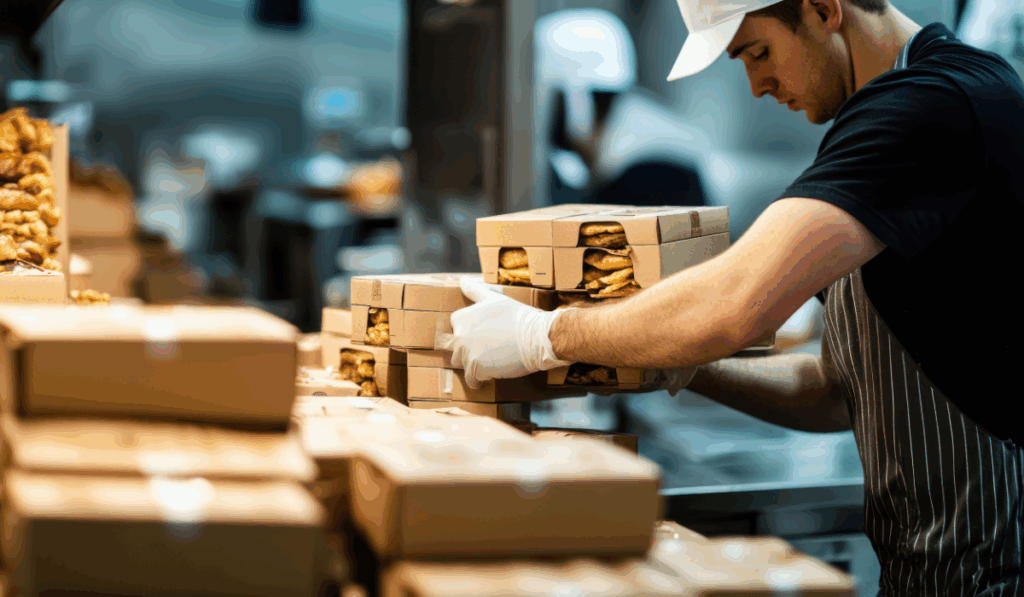Sponsored content provided by Restaurant & Catering Australia
Dining out has always been a reflection of our lifestyle, but in 2025, that reflection takes on a different look. For Australian foodservice businesses, staying busy isn’t about doing more of the same. It’s about reading the room, knowing your local customers inside out, and adapting quickly to what they really want — and what they can afford.

How Australians Are Dining Out Now
Recent data from OpenTable shows Australians are still dining out regularly, but they’re making more deliberate choices. While overall spending in foodservice remains steady — $60 billion forecast nationally this year, the mix has shifted. Metro diners are still seeking out premium casual and ‘experience’ venues, but they’re booking further ahead, eating out slightly less often, and looking for genuine value when they do.

Regional Dining is Booming
In contrast, regional dining is seeing a boom in destination-led experiences. Tourism Research Australia reports that food and drink now sit in the top three reasons Australians book domestic trips, an upward trend that’s driving waitlists in regional restaurants and cellar doors. Places like Daylesford, Mudgee and Margaret River continue to prove that if you can offer something authentic, people will make the trip.

Global Dining Trends Reflect Local Shifts
This local story mirrors what’s happening overseas. In the UK, the 2024 Lumina Intelligence ‘Eating Out Market Report’ shows consumers are shifting discretionary spend away from big-ticket travel towards affordable local experiences, with dining out still seen as an ‘affordable treat’. Meanwhile, in the US, the National Restaurant Association’s latest report found that 84% of adults consider dining out with family and friends a better use of their leisure time than cooking at home — but they’re selective about where they go and expect more for their dollar.

The Challenges Facing Foodservice Operators
For operators, the opportunity is clear, but the squeeze is real. Wage costs remain a top concern, alongside rising utility and supplier bills. Regional operators are balancing these same costs with additional freight challenges and staff shortages. According to ABS data, the hospitality sector continues to face the largest recruitment gap of any sector, with almost one in three businesses reporting that they can’t find the right people.

How Venues Are Adapting
Despite these pressures, Australia’s foodservice sector is proving its resilience once again. Across the board, we’re seeing operators rethink how they serve their community:
- Smaller menus are designed around availability and seasonality
- Closer ties with local producers and suppliers to shore up supply chain risk
- Loyalty programs and community activations that bring diners back, even when budgets are tight
- Tech investments that make real sense, booking platforms, digital menus, and ordering systems that improve workflow rather than add clutter

Diners Want Local Stories on the Plate
And the shift isn’t just operational, it’s cultural. Diners want to see the ‘local story’ on the plate. Whether you’re in inner-city Sydney or a country pub in Wagga, transparency around sourcing, sustainability, and community support is no longer a nice-to-have; it’s expected.

What’s Next for Australian Dining?
So, what does the next chapter look like? For some venues, this means rethinking their price point or adjusting their trading hours. For others, it’s doubling down on what sets them apart — quality, experience and genuine connection. One thing’s certain: this is an industry that’s learnt to adapt, again and again.

The Future of Dining Out
At Restaurant & Catering Australia, we understand that staying connected to what diners want and to one another is what will keep this sector moving forward. If there’s one trend that won’t change, it’s this: people still love to dine out. And the operators who listen hardest will be the ones they keep coming back to.

